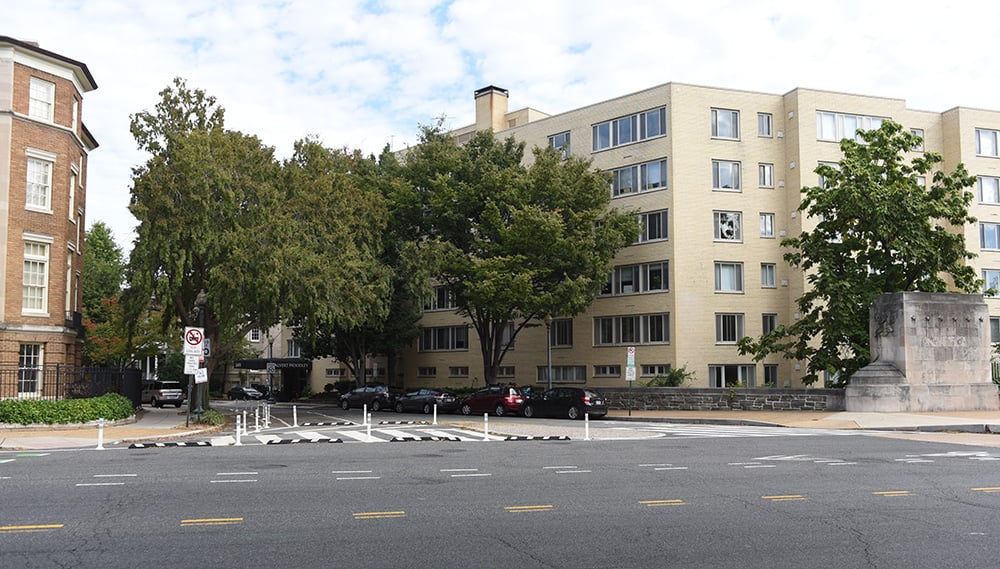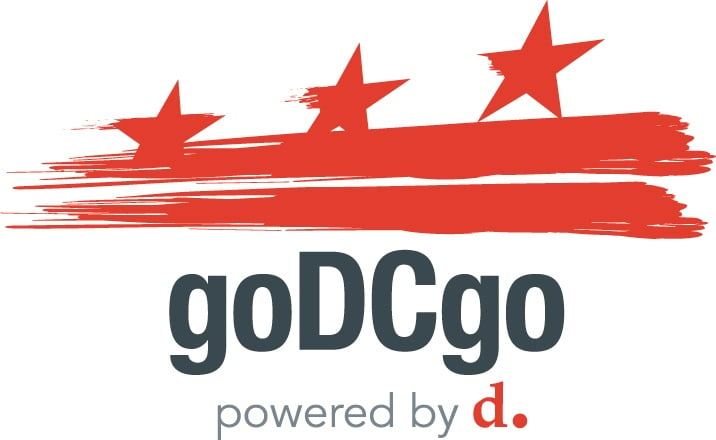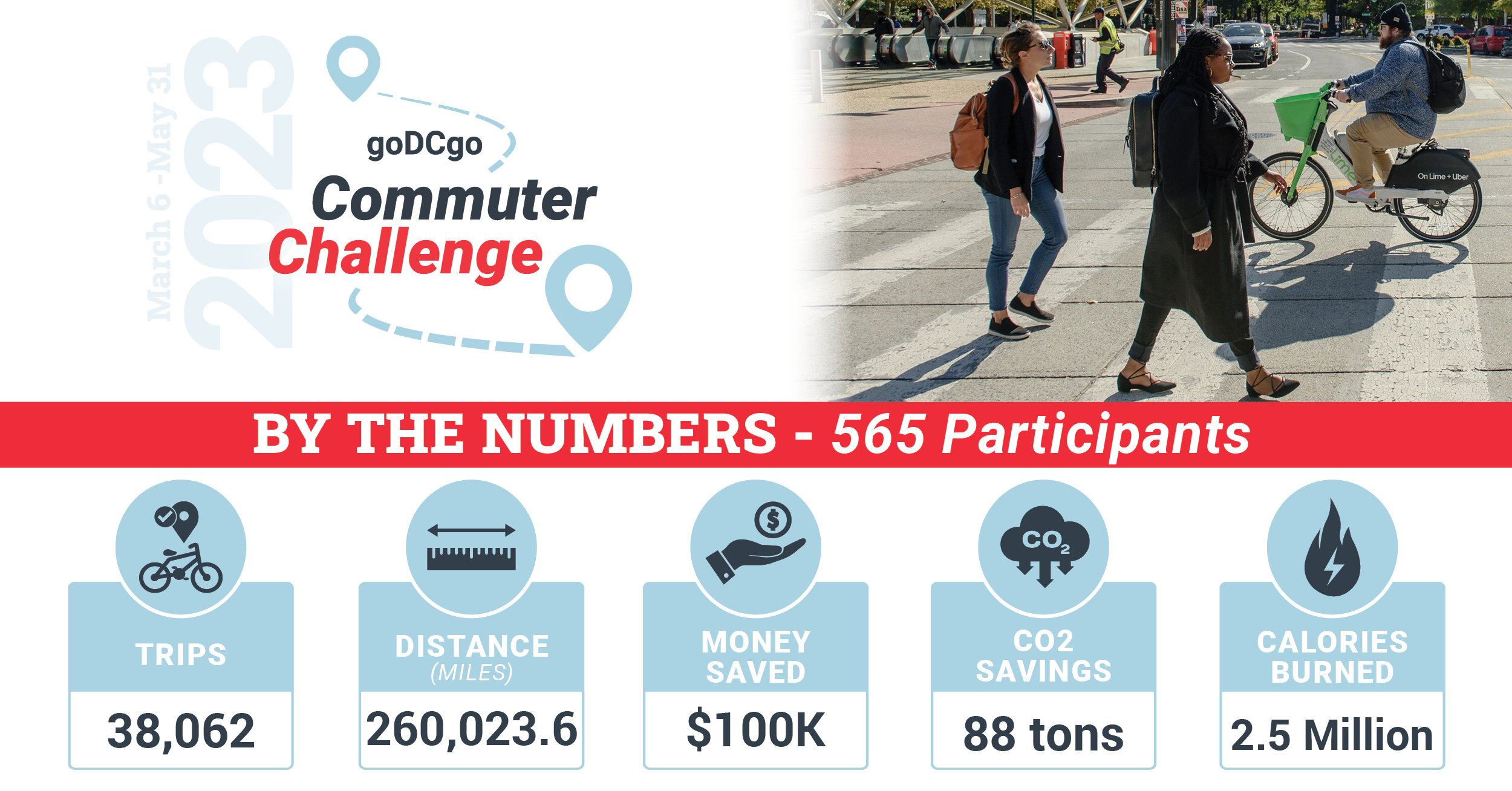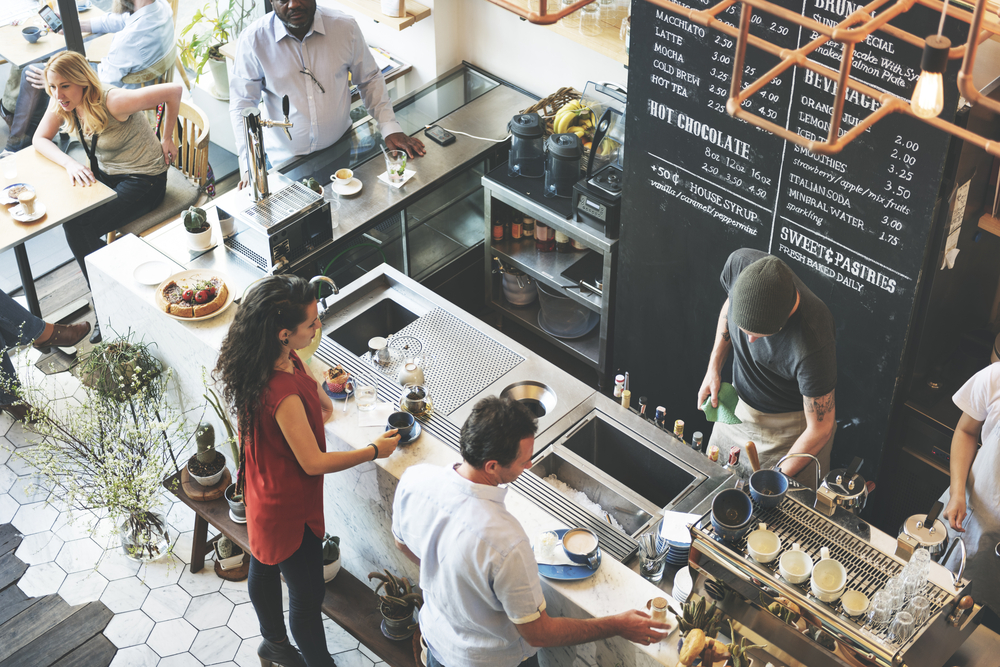This blog references DC Circulator. Please note, as of 1/1/2025, DC Circulator no longer provides bus service.
Did you know that creating a car-free or car-lite residential community can reduce housing costs for both you and your tenants? A car-free development is a residential or mixed-use property that normally provides a traffic-free environment, offers no parking or limited parking separate from the residence, and/or is designed to enable residents to live without owning a car.
Whether you're planning or currently developing a new residential building or updating an existing property, it's never too late to implement a transit-oriented strategy to help reduce vehicle use and traffic congestion in the District of Columbia. Even if you're not immediately ready to go car-free, goDCgo has outlined a range of options to help get you started with supporting a car-lite lifestyle or fully committing to going car-free.
Transportation Amenities
Bike Racks/Rooms
If you have the space, dedicate a room for your residents to safely park and store their bikes. This could be within the building, like the lobby area, or within the parking garage. You could also install bike racks outside of your building so residents have another convenient option to safely park and secure their bikes by the property.
Capital Bikeshare Memberships
goDCgo offers Capital Bikeshare memberships in bulk that you can provide to your residents to support a healthy, convenient commute by bike year-round. For assistance with purchasing bulk orders, contact Casey Auch.
Telework Space
Designate a telework space, business center, or conference room for residents to comfortably work from home outside of their apartment. As a bonus, you could also consider providing a printer and telephone/video conferencing capabilities to make the space even more efficient for work purposes.
Transit Displays
Install real-time transit arrival screens in your shared spaces to keep residents informed of all nearby transportation options including Metrorail stations and lines, Capital Bikeshare dock and bike availability, Metrobus and DC Circulator stops, Uber proximity, and car2go locations.
Transportation Resources
Carpool Matching
Carpooling is when two or more commuters ride together in a personal vehicle on a continuing basis, regardless of their relationship to each other or the cost of sharing agreements. You can help match your residents with a reliable ride to work through Commuter Connections.
Get Around Guides
goDCgo can customize Get Around Guides for your property that maps out nearby transportation options to make it easy to travel throughout the District without a car. We have downloadable/printable templates available for your property’s website or resident portal.
Guaranteed Ride Home
Knowing there’s always a ride home in case of an emergency or unscheduled overtime can bring peace of mind to your residents. Guaranteed Ride Home (GRH) provides commuters who regularly (twice a week) carpool, vanpool, bike, walk, or take transit to work with a FREE and reliable ride home when one of life’s unexpected emergencies arises. goDCgo can work with you one-on-one to provide information, sign-up forms, and general assistance on all promotions and marketing of the GRH program to your residents.
Parking
Did you know the average price of building a garage parking space is as much as $34,000? To make up for this expense, most residential properties bundle the cost of parking into rent, passing on the burden to tenants whether or not they own a car. About 16% of a housing unit’s monthly rental cost can be attributed to the expense of building an urban parking spot. For the average renter, that amounts to $1,700 per year, or $142 per month. Instead of garage parking, consider reutilizing the space. You can also price and sell private vehicle parking spaces separately from housing.
Reducing the amount of parking allows the city to reimagine the use of public space, which has become even more valuable since the coronavirus (COVID-19). Restaurants and retailers are able to expand their operations into the sidewalks and streets to allow for safe social distancing, and more open streets offer room for additional bike lane construction and overall improved pedestrian and cyclist safety.
In need of some more inspiration? Check out Culdesac in Tempe, AZ -- the first car-free neighborhood built from scratch in the United States! This innovative, highly accessible, and walkable apartment complex provides NO parking either on- or off-site for residents, but still offers plenty of transportation options.
Benefits
In addition to reducing costs, car-free/car-lite developments bring many other benefits for you, your residents, and a greener DC including:
- Increased socialization among residents (solidarity)
- Increased resident satisfaction by anticipating commute needs
- Fewer problems related to parking management
- Reduced carbon footprint
- Reduced or eliminated vehicle expenses
- Lower levels of car use, resulting in less traffic congestion
- Higher rates of active travel modes like walking and cycling
- More independent movement and active play, especially among children
- Less land taken for parking and roads – more available for green or social space
- Ambassador recognition as a sustainable, environmentally-friendly community
Are you ready to reap the benefits of becoming a car-free or car-lite residential property? Contact goDCgo today for a complimentary consultation to help determine which transportation amenities and resources best meet your needs.








